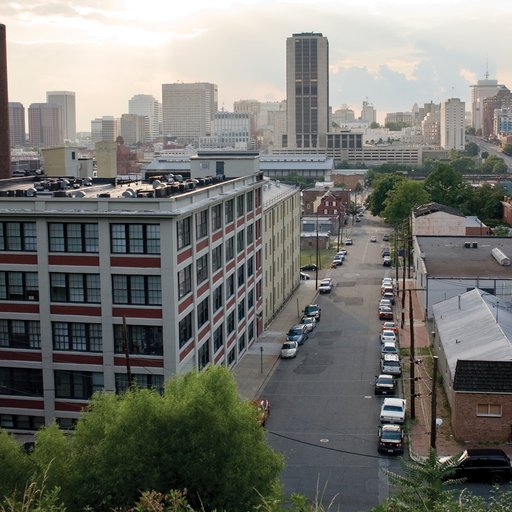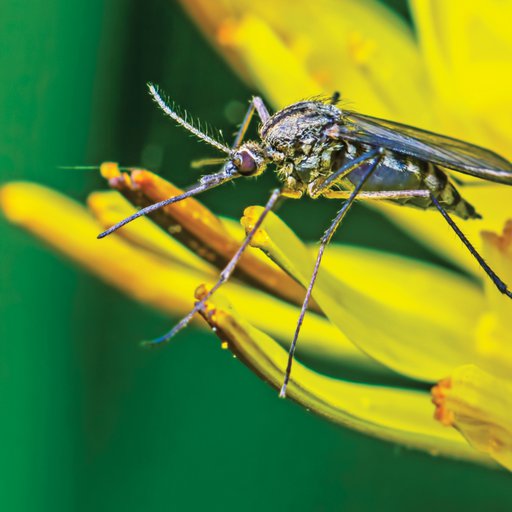Going Outside
Unscooped poop: a billion-pound problem
Transcript
Every year, dogs in the Chesapeake Bay watershed produce around 1.1 billion pounds of poo. That’s enough waste to fill over 14,600 tractor-trailers to capacity. Lined up end-to-end, these trailers would stretch from right here in Richmond, Virginia, all the way to Baltimore, Maryland!
And, as we all know, not all dog owners clean up after their canine’s bowel movements. So, where does all that abandoned poop actually go?
During a rainstorm, pet waste dissolves into our environment through sewers and streams.
Dog poop contains a lot of nitrogen and phosphorus, and when too much of these nutrients from our pets’ waste (or from other things like fertilizers) enter a body of water, algae can flourish rapidly. When this “bloom” of algae dies off, it depletes the oxygen in the water, suffocating fish and other beneficial aquatic life.
Unfortunately, nutrient pollution isn’t the only problem needing our attention. Dog poop is also considered a significant source of disease-causing bacteria in humans. Even small amounts of dog waste can contain dangerous bacteria such as Salmonella, E. Coli, Giardia, and Cryptosporidium, all of which can lead to severe illnesses in humans.
In 2021, only around half of the bacterial testing sites on the James River met Virginia state water quality standards, highlighting just how important it is to reduce poo-lution!
The good news is that pollution from pet waste is entirely preventable! So, remember your poop bags next time you take Fido for a walk and do your part to scoop up the poop!


